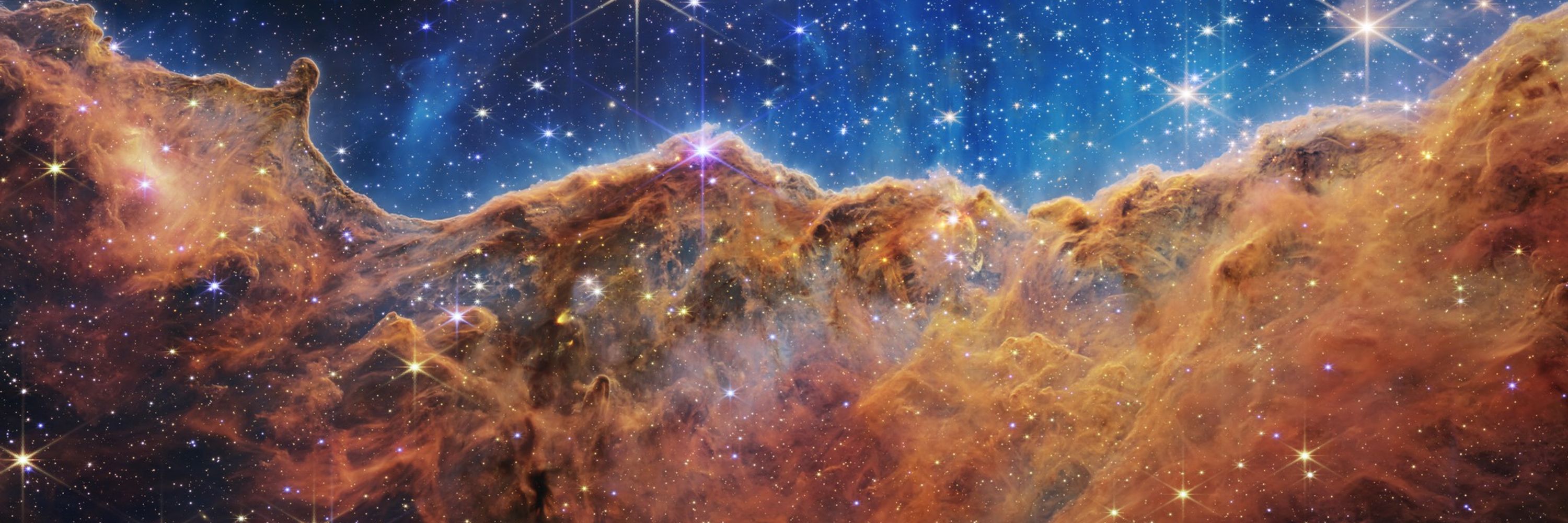
Paper I: arxiv.org/abs/2511.12816
Paper II: arxiv.org/abs/2511.11818
Paper I: arxiv.org/abs/2511.12816
Paper II: arxiv.org/abs/2511.11818

![A figure showing [Fe/H] (dex) versus Mc (Mjup). Scatter points from the CLS sample. A change-point model identifies a transition at 25 +/- 10 Mjup. The mean [Fe/H] of the low-mass "planet-like" distribution is ~0.2 whereas the mean [Fe/H] of the high-mass "star-like" distribution is ~0.0.](https://cdn.bsky.app/img/feed_thumbnail/plain/did:plc:r56mxuvzxad64uf75uei6lie/bafkreibx2mvlr3fcbcqkvl3wykyqyudpe7vhzn3saredm7vbbrk6yuqaqi@jpeg)
Do these mechanisms leave observable signatures? 3/
Do these mechanisms leave observable signatures? 3/


![Trends in occurrence rate, [Fe/H], and <e> as a function of Rp hold for M-dwarf planets.](https://cdn.bsky.app/img/feed_thumbnail/plain/did:plc:r56mxuvzxad64uf75uei6lie/bafkreieqtbmc7ojjtihtw72tuxivbnag5t7lj4ddienubyfcrdnf7oih4a@jpeg)





